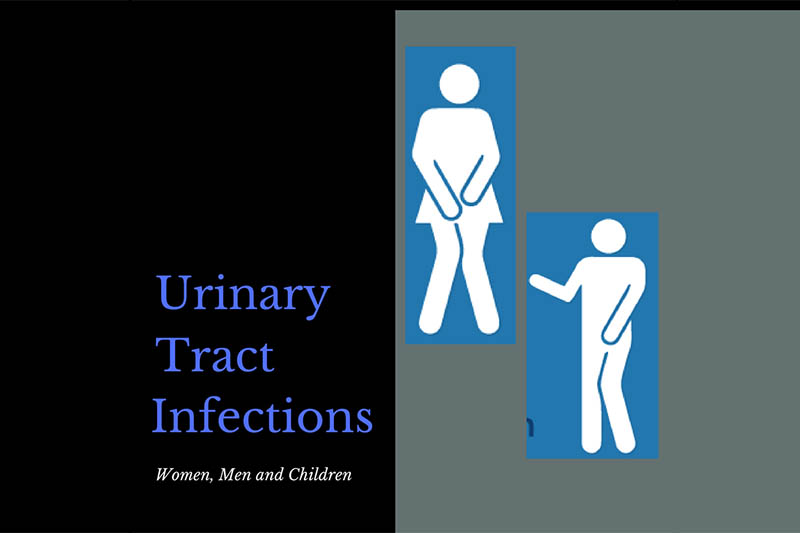
What are UTI’s? Urinary Tract Infections
Do you… Frequently or urgently need to urinate Often only pass small amounts of urine Have Pain or burning sensation when urinating These can be symptoms of urinary tract infections. There
Integrative-Mindbody-Therapy is a form of psychotherapy which is informed by three main disciplines of therapeutic practice:
Body-psychotherapy and hypnosis both work closely with affective processes allowing us to deepen the clinical work and facilitate change elegantly and accurately, while still maintaining the integrity of client, therapist and the therapeutic relationship.
Body-psychotherapy, hypnosis, and relational psychotherapy may seem alienated from each other, but in fact they share a great deal of ancestry and similar principals; when practiced with integrity. Integrative-Mindbody-Therapy is not an arbitrary integration of esoteric techniques, but a platform for relational psychotherapy that wishes to work directly with intersubjective fields, and with the immense potential and magic that lies in human connection. Intimacy, safe therapeutic touch, improvisation, therapy as an art, balancing feminine and masculine styles, and recognising the place of the therapist in the dyad are among the main tools used in IMT.
While sessions may involve a great set of tools (ranging from a conversation, to breathwork or touch, to hypnotic work), the integration manifests mostly on the level of positioning: i.e. the practitioner is curious about bodily processes (the client’s and their own) and about naturally-occuring trances. The range of clinical curiosity and understanding of somatic and trance processes in the way the readily occur in relationships opens a different level of psychotherapeutic practice. Therefore, sessions may look like ‘regular’ psychotherapy, yet the psychotherapist will be attuned to other nonverbal streams of communication and will be willing and able to engage with these directly.

Do you… Frequently or urgently need to urinate Often only pass small amounts of urine Have Pain or burning sensation when urinating These can be symptoms of urinary tract infections. There
Disclaimer – Our intent is not to diagnosis but to offer information on therapy choices and practitioners. Information on this site is intended general educational purposes only. Any statements made are carefully referenced and any information, products or services discussed are not intended to diagnose, cure, treat or prevent any disease or illness. Please consult a healthcare practitioner before making a choice.